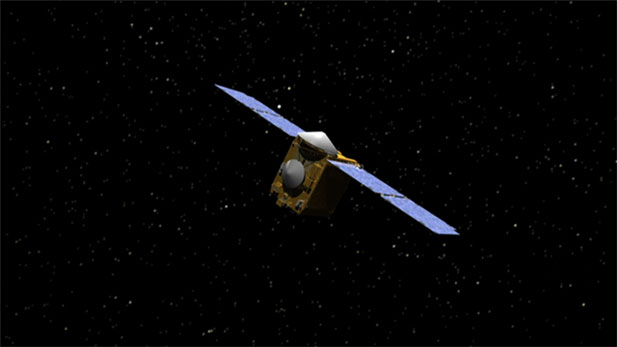 OSIRIS-REx
OSIRIS-RExOn its way to sample an asteroid, the University of Arizona’s OSIRIS-REx mission will look for other, yet unobserved asteroids.
These asteroids are called Trojans, adopting the term from Greek mythology, because they can't be seen easily. Earth is one of six planets with known Trojan asteroids. They circle the sun in a constant orbit behind or in front of their companion planet. One Earth Trojan was discovered in 2010.
OSIRIS-Rex staff scientist Carl Hergenrother said the Earth’s likely companion space rocks are hard to detect because they appear close to the sun from Earth and cannot be observed from terrestrial telescopes.
"You are talking about looking at a part of the sky that is very close to the sun," he said.
Hergenrother said the OSIRIS-REx spacecraft’s path will provide a better vantage point because its cameras will not be staring into the sun to look for the objects.
In February, when the OSIRIS-REx spacecraft is headed back toward Earth after its orbit around the sun, scientists will turn on one of the cameras and spend 12 days scanning the universe for the objects, which are estimated to be 90 million miles from Earth.
The search will be a test for the mission to prepare to observe its target asteroid, Bennu, in 2018, Hergenrother said.
Listen to Carl Hergenrother talk about the search for Trojan asteroids:
Exciting news! In February, I'll search for elusive Earth-Trojan asteroids. Scientists only know of one -- so far... https://t.co/870cSlmHuQ pic.twitter.com/6GPIhoLweM
— OSIRIS-REx (@OSIRISREx) December 12, 2016


By submitting your comments, you hereby give AZPM the right to post your comments and potentially use them in any other form of media operated by this institution.